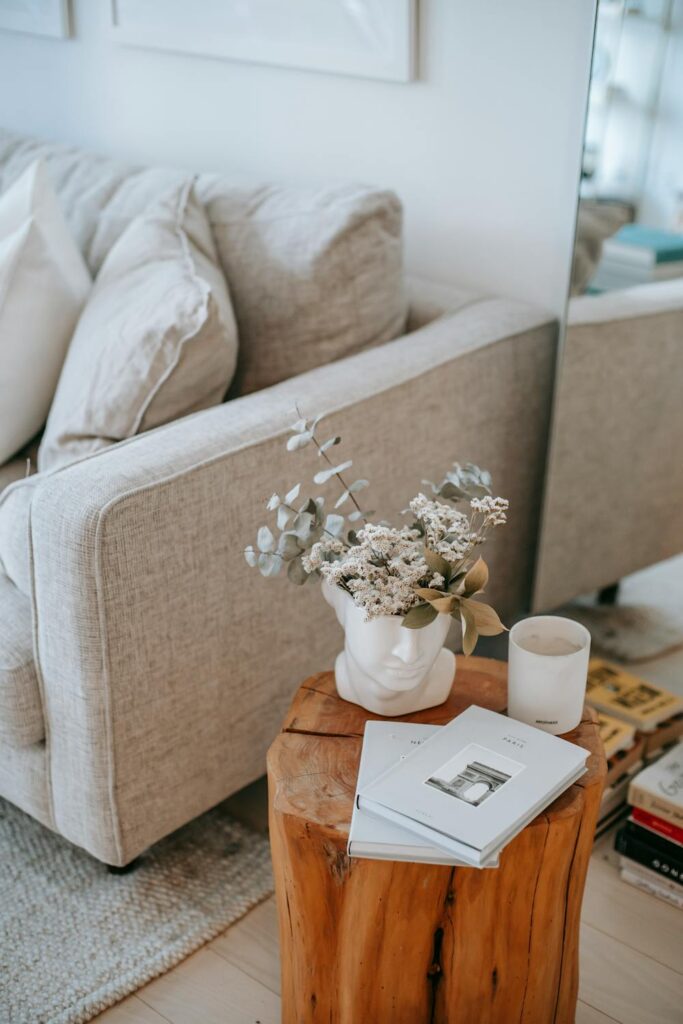In the dynamic intersection of fashion and fitness, activewear has emerged as a critical player, blending high functionality with high fashion. This fusion has shifted activewear from the confines of gyms into everyday wardrobes, highlighting a lifestyle that values wellness and style. Here, we explore how the latest trends in activewear are marrying performance with aesthetics, catering to various activities and settings.
The Rise of Advanced Performance Fabrics
Innovations in Material Technology
The backbone of modern activewear is the advanced fabrics that offer more than just basic functionality. These textiles are crafted to enhance athletic performance while ensuring that style is not compromised. Key features include moisture-wicking, temperature regulation, and stretchability, alongside newer innovations like antimicrobial properties and eco-friendly materials. Due to its enhanced aesthetic appeal and durability, this shift makes activewear more comfortable, practical, and appealing for everyday wear.
Aesthetic Integration in Fabric Design
As technical advancements progress, there is a growing emphasis on styling these fabrics. Activewear now features various textures and prints, from subtle matte finishes to bold, reflective designs that stand out. This allows consumers to express personal style preferences while benefiting from high-performance features. The result is a wardrobe that works hard during a workout and looks good on the street, reflecting a blend of utility and contemporary fashion.
Embracing Body Positivity and Inclusivity
Expanding Size and Style Options
A significant trend within the activewear industry is the move towards inclusivity, ensuring everyone has access to stylish, high-performance gear. This trend is about more than expanding size ranges—it’s about understanding and designing for various body shapes and sizes. Features such as adjustable closures, extended-size offerings, and flattering contouring show that activewear brands are serious about accommodating all bodies and promoting a culture of fitness that is accessible and appealing to all.
Promoting a Positive Self-Image
This inclusive approach also supports a broader societal shift towards body positivity, encouraging individuals of all shapes and sizes to confidently engage with fitness and fashion. By offering more functional and flattering options, brands are helping to dismantle the barriers to fitness participation, making it a more inclusive and welcoming space.
Multi-Functional Activewear for Modern Lifestyles
Designing for Versatility
As lifestyles evolve, so does the demand for activewear that seamlessly transitions from one part of a person’s day to another. This has led to the design of multi-functional pieces appropriate for the gym and casual social settings. Features like stylish, integrated storage for essentials, quick-drying, and odour-resistant materials mean that today’s activewear can take wearers from a morning workout to a café meetup without missing a beat.
The Rise of Athleisure
The trend of athleisure—activewear designed to be worn in non-athletic settings—illustrates how deeply integrated fitness has become with daily life. Pieces that combine activewear’s performance characteristics with casual wear’s style elements are increasingly popular, reflecting a shift towards more dynamic, health-conscious lifestyle choices; for more information, visit this website.
The Impact of Sustainability on Activewear
Sustainable Practices in Manufacturing
With a growing consumer focus on sustainability, activewear brands are responding by integrating eco-friendly practices throughout their production processes. This includes using recycled materials, reducing water usage, and minimising waste. By prioritising sustainability, these brands appeal to environmentally conscious consumers and contribute to the broader movement towards more responsible fashion.
Long-Term Durability and Quality
Sustainability in activewear is also about creating products that last. Durability is a key focus, with brands investing in high-quality materials and construction techniques that extend the life of their garments. This approach reduces the environmental impact associated with frequent purchasing and offers consumers better value.
Conclusion: The Future of Activewear
As activewear continues to evolve, it is clear that the trends are set towards creating a more inclusive, sustainable, and versatile wardrobe that does not sacrifice style for performance. The future of activewear lies in its ability to adapt to its wearers’ changing needs and values, offering a blend of innovation, style, and functionality that will continue to influence how we dress for fitness and everyday life. These evolving trends highlight an increasing integration of eco-friendly practices, technological advancements in fabric production, and a culturally aware approach to fashion design. This transformative journey meets the practical demands of active lifestyles and reflects a broader commitment to environmental responsibility and social inclusivity. As consumers become more attuned to the origins and impacts of their clothing choices, activewear brands are poised to lead by example, demonstrating that it is possible to look good, feel good, and do good—all through the clothes we choose to wear.






